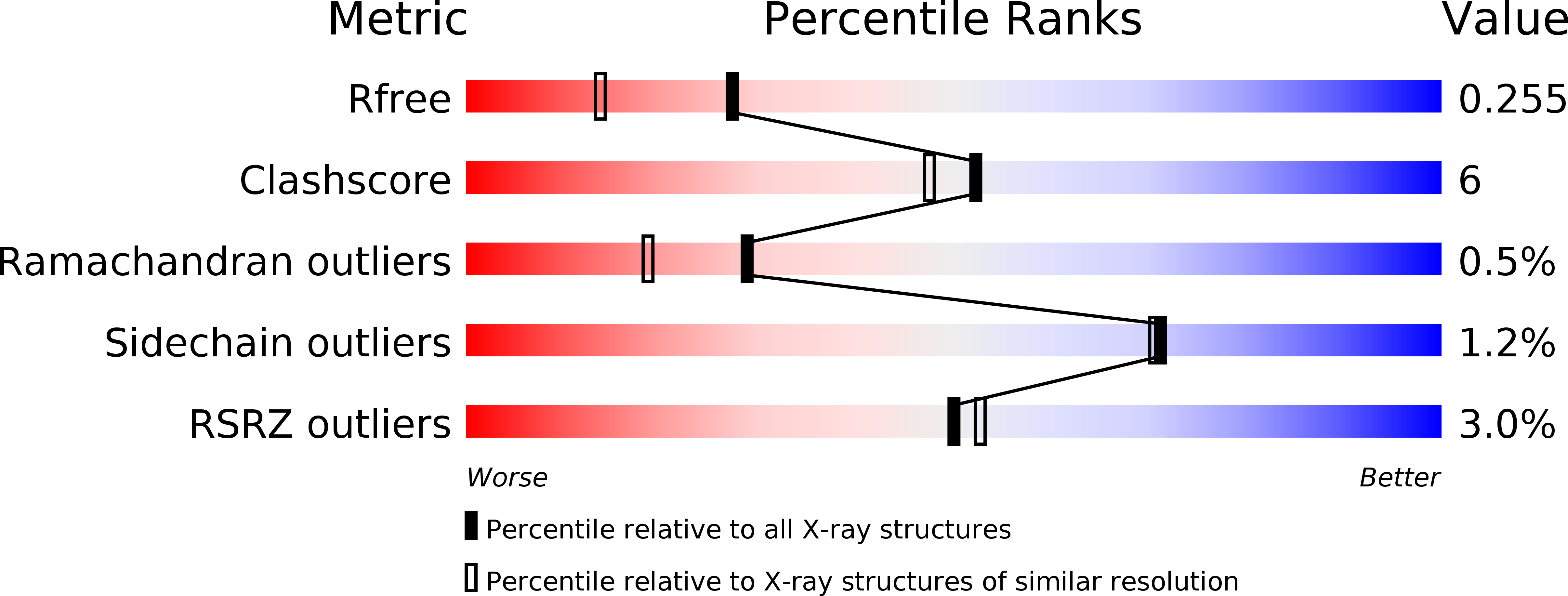
Deposition Date
2012-03-13
Release Date
2013-03-06
Last Version Date
2024-03-20
Entry Detail
PDB ID:
3VPT
Keywords:
Title:
Crystal structure of Bombyx mori sigma-class glutathione transferase in apo form
Biological Source:
Source Organism:
Bombyx mori (Taxon ID: 7091)
Host Organism:
Method Details:
Experimental Method:
Resolution:
1.90 Å
R-Value Free:
0.25
R-Value Work:
0.20
R-Value Observed:
0.20
Space Group:
P 65 2 2


